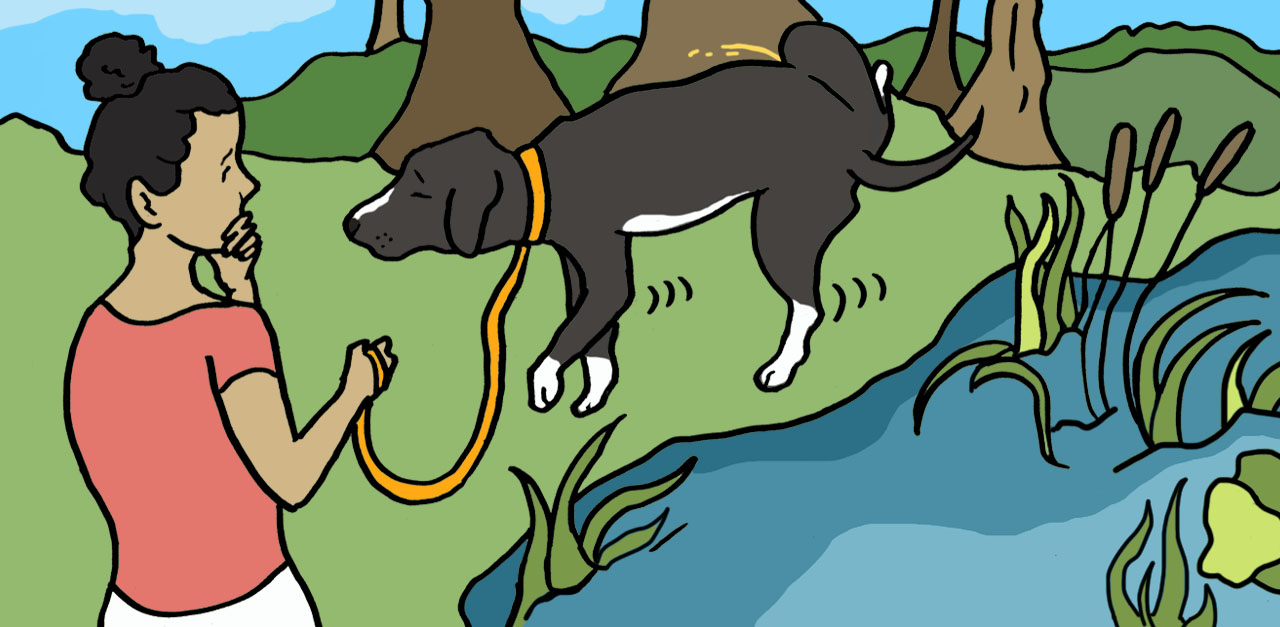
A few months ago, my dog started peeing everywhere. Even though she's house-trained, she was urinating all over the house.
It seemed strange that she would suddenly no longer be housebroken, so I started doing some research.
Like humans, dogs can apparently get urinary tract infections pretty easily. Unfortunately, many of us know that UTIs can be painful and uncomfortable.
According to the American Kennel Club: "Dogs get UTIs too, and experience similar symptoms. Urinary tract infections are common in dogs, and are more frequent in older dogs ages 7 and up."
Although some dog breeds are more predisposed to urinary tract infections than others, all dogs can get them. As with humans, UTIs are more common in females (though males sometimes have them, too!).
Find out about some of the most common signs and symptoms of canine urinary tract infections below.
Photos: Ileana Paules-Bronet for LittleThings; Morgan Swofford for LittleThings
What Causes Dog UTIs?
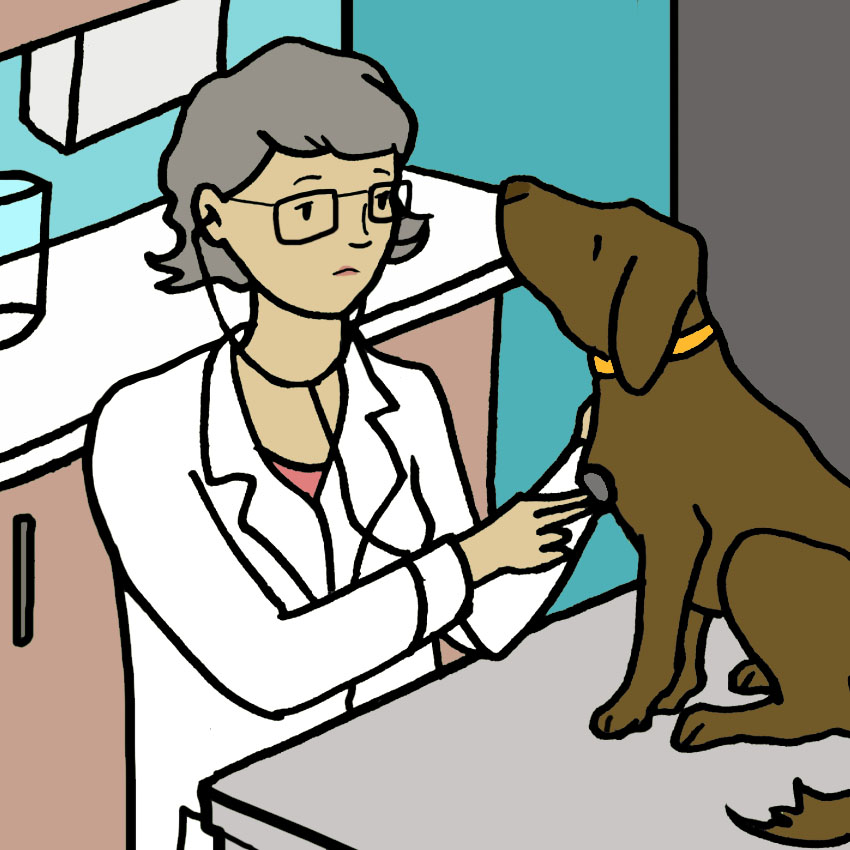
There are a number of things that can cause UTIs in dogs.
According to the American Kennel Club, the most common cause of doggy UTIs is bacteria. The bacteria enter the urethral opening when debris or feces get in the area.
Other less common causes of UTIs include diabetes, kidney stones, kidney disease, bladder disease, cancer, and spinal cord abnormalities.
Symptoms Of Dog UTIs #1: Bloody Or Cloudy Urine

Like humans, dogs usually pee a liquid that is clear to yellow in color.
If a dog's urine looks cloudy or bloody, it could be a sign of a UTI, explains the American Kennel Club.
#2: Different Urination Habits
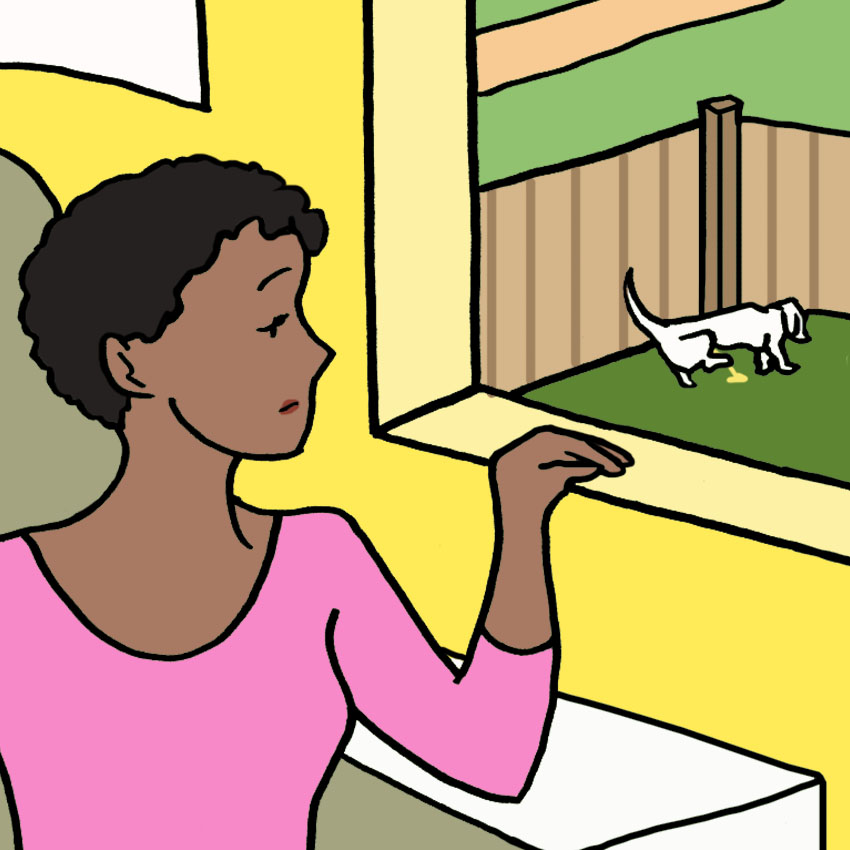
Most dog owners know their pets' urination habits well. For example, owners know how often their dogs need to go out and how much they tend to pee.
If your dog has a UTI, she may urinate more often than usual, and she may have accidents inside, explains VetStreet.
#3: Pain While Urinating
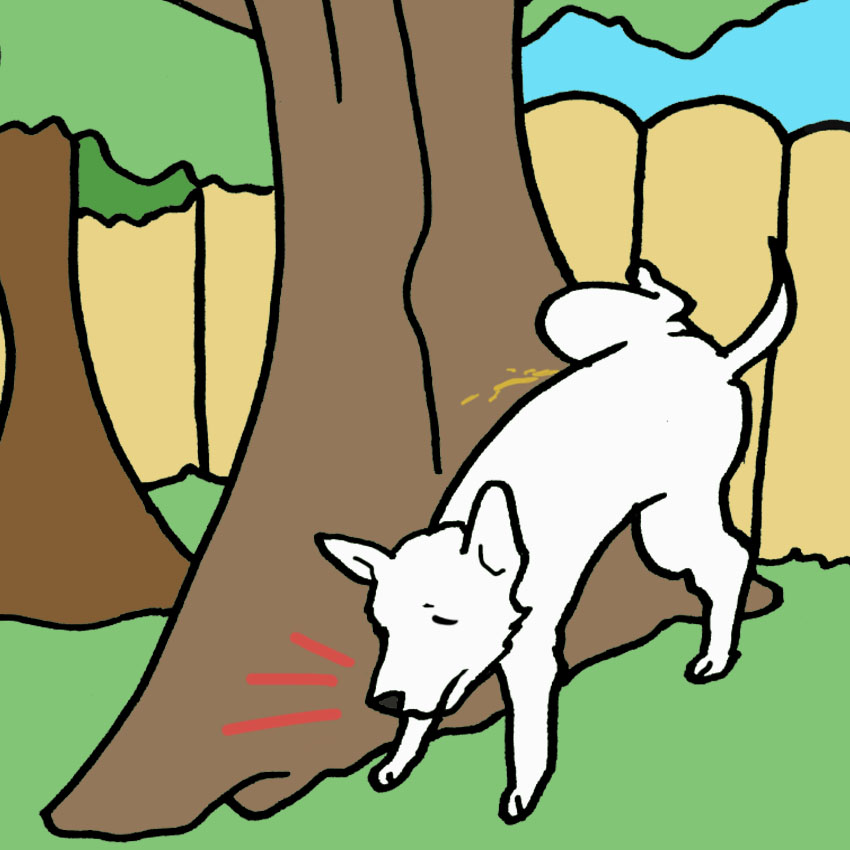
Having a UTI can make urinating painful, explains the American Kennel Club.
Your dog may strain to urinate, or even cry out and whimper while peeing.
#4: Strong Urine Odor
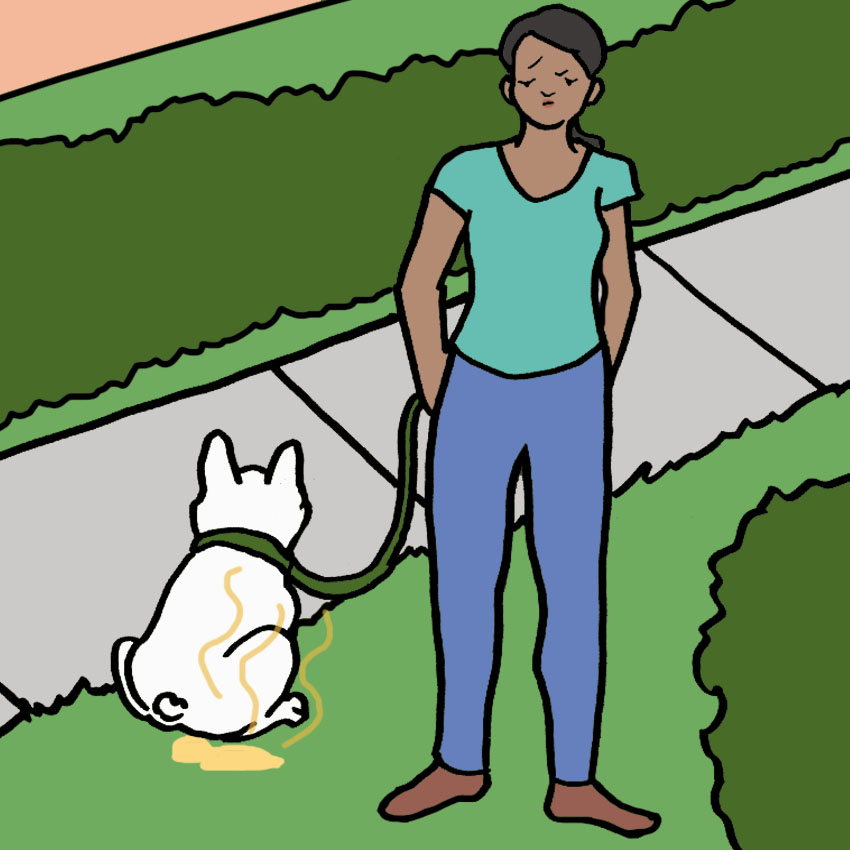
Usually, dog pee doesn't smell too strongly. Yes, you may notice an odor if your pup pees in the house, but it doesn't usually produce a particularly pungent smell.
If your dog's urine smells strangely strong, it could be a sign of a UTI.
#5: Constant Licking Of Urinary Opening
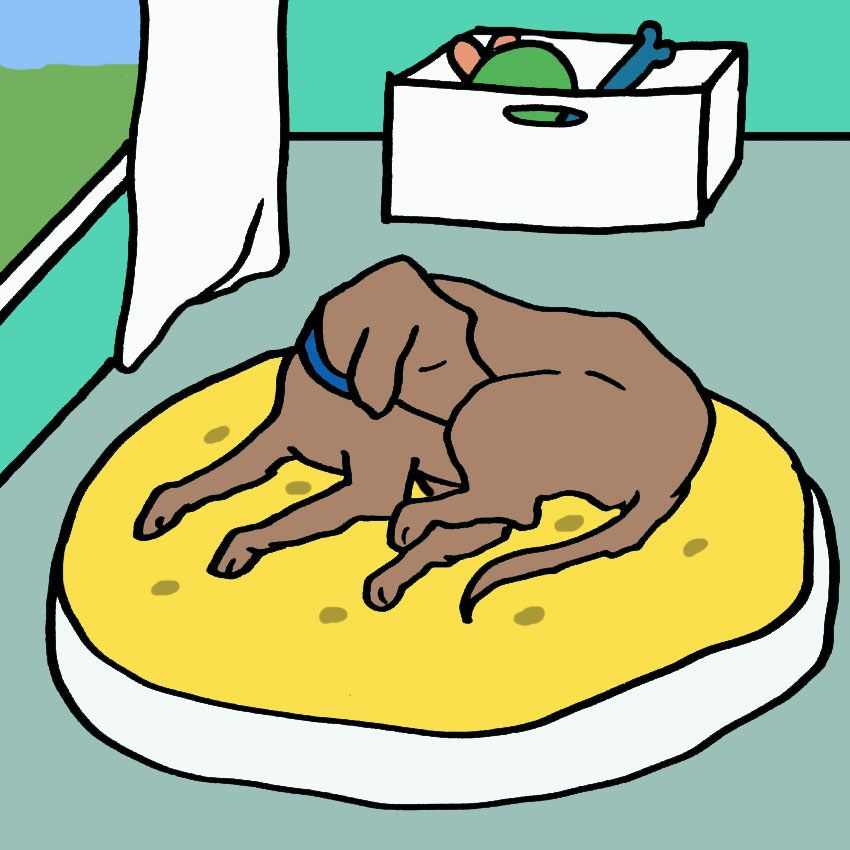
It's not very cute, but most dogs lick their genital areas a lot — it's how they keep themselves clean.
If your dog seems to be licking their urethral opening more than usual, it might mean there's something more serious going on, like a UTI.
#6: Appetite Changes
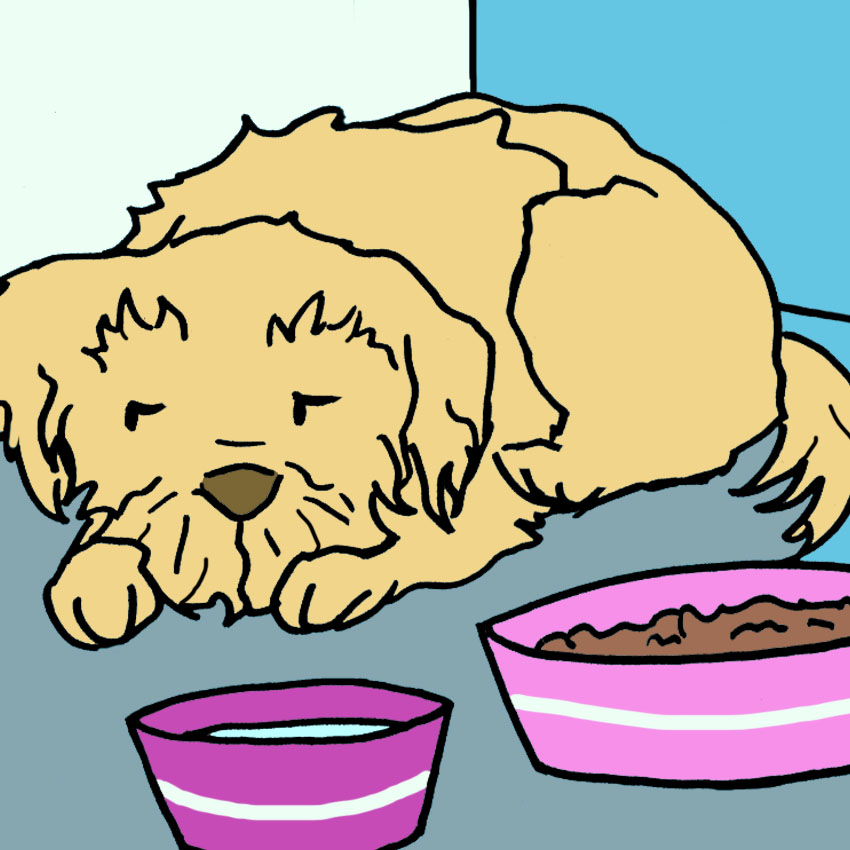
When a dog has a UTI, it may affect some of their other daily behaviors.
They might not eat as much as they normally do, which could lead to unwanted weight loss.
#7: Vomiting, Fever, Lethargy
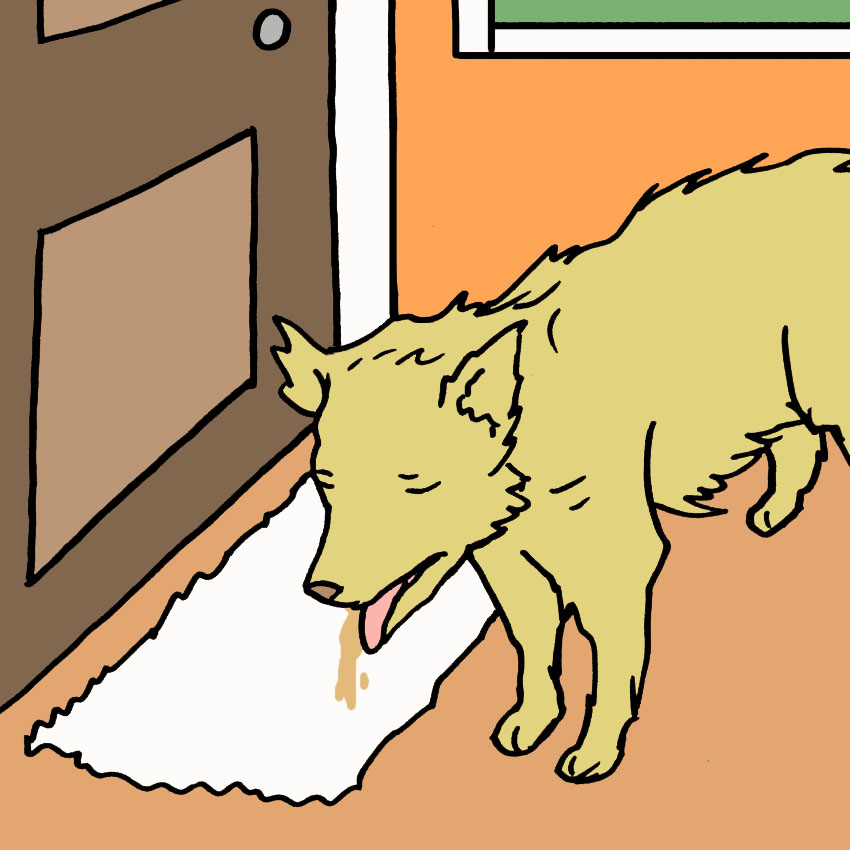
Other common signs of dog UTIs are fever, fatigue, and vomiting.
If your dog is vomiting with no apparent reason (they didn't eat anything strange), it's always worth keeping an eye on.
To find out whether or not your dog has a fever, look at the symptoms in this LittleThings article.
#8: Increased Water Consumption
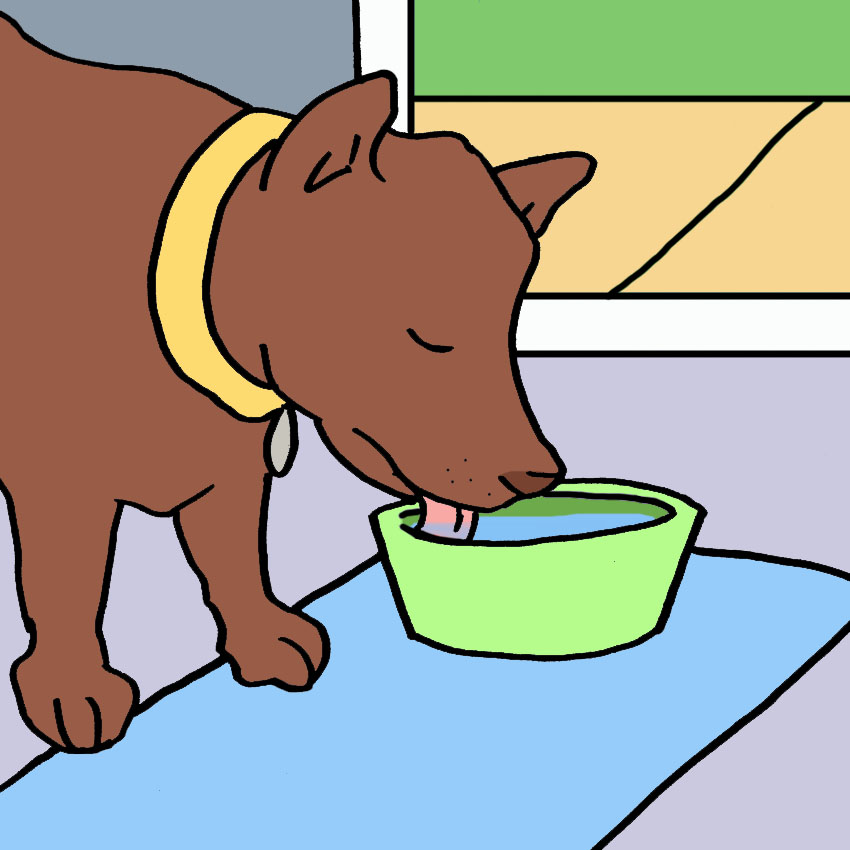
If your dog is peeing more than usual, they may also start drinking more water in order to stay hydrated.
It could be a sign of a UTI if your dog's water bowl is constantly bone dry.
What To Do If You Think Your Dog Has A UTI
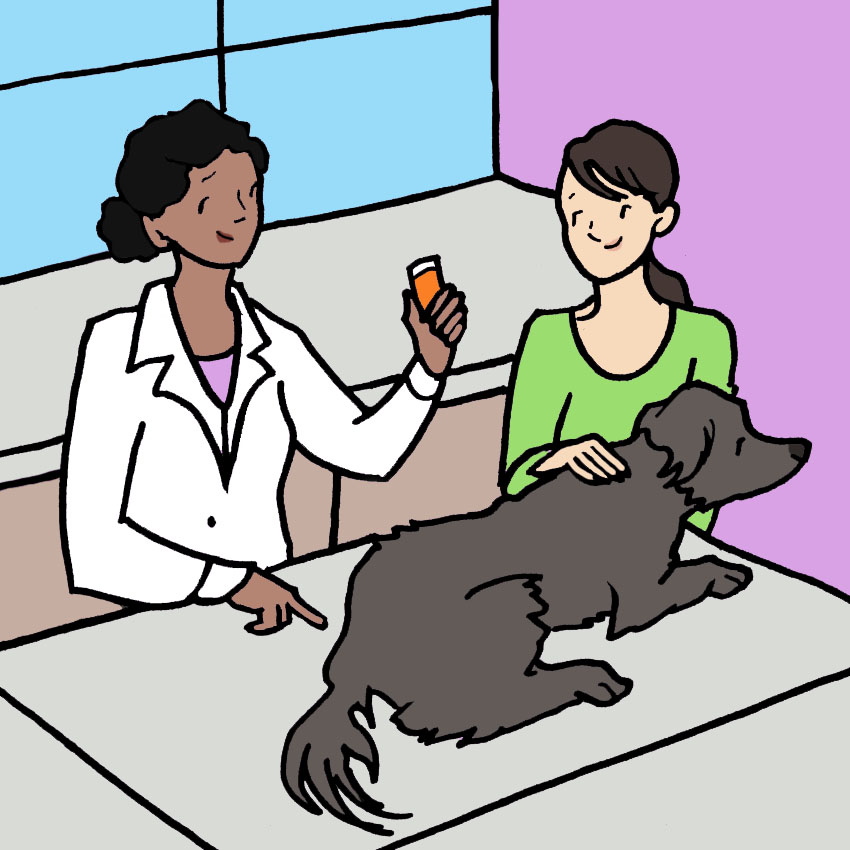
If your dog starts displaying the signs of a UTI, call your vet for a consultation.
Your vet may take a sample of your dog's urine to find out whether or not they have a UTI, then they may prescribe antibiotics to treat the infection.
Please SHARE this article with your friends who have dogs!




